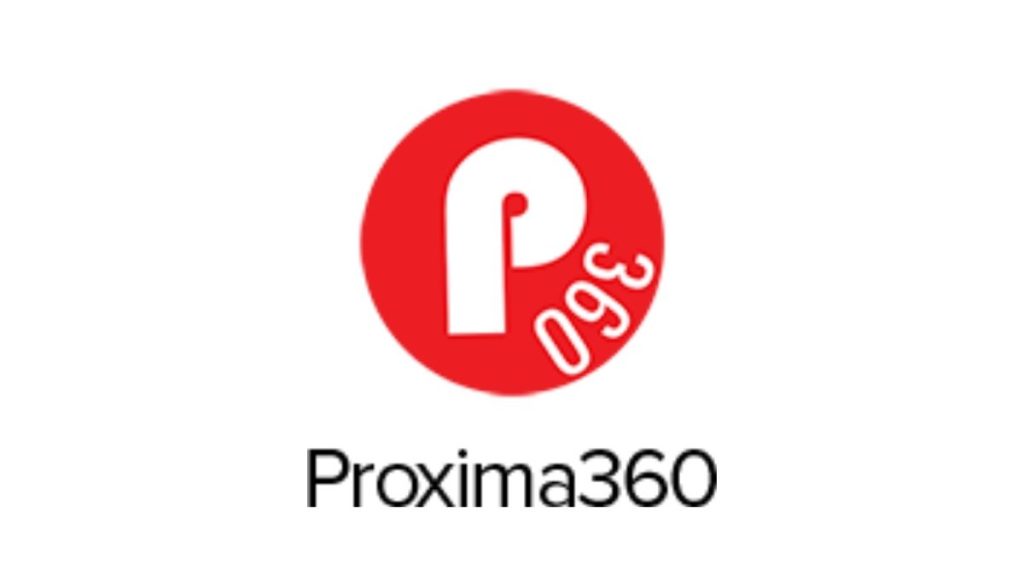Effective inventory management is an essential foundation for companies of any size. In the early days of establishing a business, it might be possible to just order inventory and stock it in line with demand. But as companies continue to scale and grow, having a proper system in place to monitor and track inventory is key. Throughout the Covid-19 pandemic, many businesses suffered from supply chain issues and stock shortages, highlighting the importance of strategic inventory management more than ever.
Knowing when to restock, exactly how to do it, and what to buy isn’t always a straightforward process, and deciding what’s right for individual businesses will depend on a number of factors. But an efficient process for inventory management will ensure everything runs smoothly day-to-day and allows growth in the longer term. Proxima360, a business development of impact solutions company, explains the basics and what steps they take to always be one step ahead.
Why Does Inventory Management Matter?
Inventory management is the process of ordering, storing, and selling stocked goods. In addition to stocking final products, it also refers to properly managing raw materials and various parts before products are stored. Doing this strategically is important because it allows businesses to meet customer demand and avoid being caught out-of-stock during busy periods. Additionally, it helps to reduce costs and forecast busier periods, while also preventing unnecessary excess. Keeping a good handle on inventory will likewise enable businesses to audit their stock and decide what might not be worthwhile.
Inventory management consists of four categories: raw materials, goods-in-process, finished goods, and merchandise. Some will also keep safety stock, which is inventory in case of supplier shortages or an unexpected period of demand. For some companies, like those in the food and beverage business, stock take is a top priority to ensure operations can continue to operate smoothly. For others, stock take may be done on a less regular basis—but it’s still just as essential to always know exactly how much inventory you are dealing with and when you might need to reorder.
What are the Types of Inventory Methods?
Different types of businesses will opt for different methods to manage their inventory, but there are a number of common techniques. These include: ABC — putting stock into tiers based on importance and what is making a profit; just-in-time (JIT) inventory, which is holding as small amount of stock as possible; material requirements planning (MRP) — ordering enough raw materials to meet demand; bulk shipments — attempting to save costs by making large inventory orders; days sales inventory (DSI) — a ratio that estimates the average number of days it takes for inventory to become sales; and cross-docking — eliminating the need for a warehouse by transporting supplies directly from the supplier to the delivery truck.
How Can The Common Problems Be Fixed?
“Having the right merchandise assortment at different stores is crucial,” says Carlos Diaz, Business Development Director at impact solutions company Proxima360. The top three merchandising issues facing retailers today, he says, are: limited or no visibility to the contents of store shipments; stores are unable to prepare their stock and sales floor prior to receiving shipments; and stores are unable to plan labor hours properly and contribute to better inventory control.
Diaz also insists that good inventory management goes beyond counting stock and data records. In addition to having the ability to view all shipment items and stock-keeping units (SKU) along with fast and efficient shipment visibility implementations, good stock management means proper execution. “It’s important to prepare your stockroom and sales floor with inventory visibility management,” Diaz says, underlining the importance of systematic organization. “You should know your shipment prior to arrival and plan labor resources for backroom to sales floor fulfillment,” he adds. This goes hand in hand with increasing efficiency of staff, allowing more time to help customers. “Knowing your merchandise prior to arrival will help you plan for a better sales floor,” Diaz adds.
Allocating Based on Customer Demographics
Effective inventory management also means being able to effectively allocate the right merchandise assortment at different stores. Diaz says the failure to take size demographics into consideration, along with repetitive data entry and extensive labor hours due to manual workarounds, can result in inefficiency. “We use AI-based size profiling to distribute merchandise to stores,” he says. “We also have the ability to upload spreadsheets directly into the allocation system without having to key-in parameters, along with custom dashboards to monitor workflow and increase efficiency.”
Manage Smart
There are a number of programs and software options available for businesses looking to improve their store inventory management. However, simply counting and crunching numbers is only a small part in a long list of considerations when it comes to deciding on an inventory method that’s best for business. To see growth, inventory management should be a part of the big picture conversations that look ahead to faster growth and greater profits.
